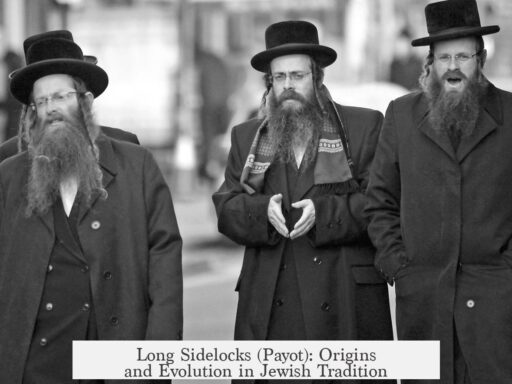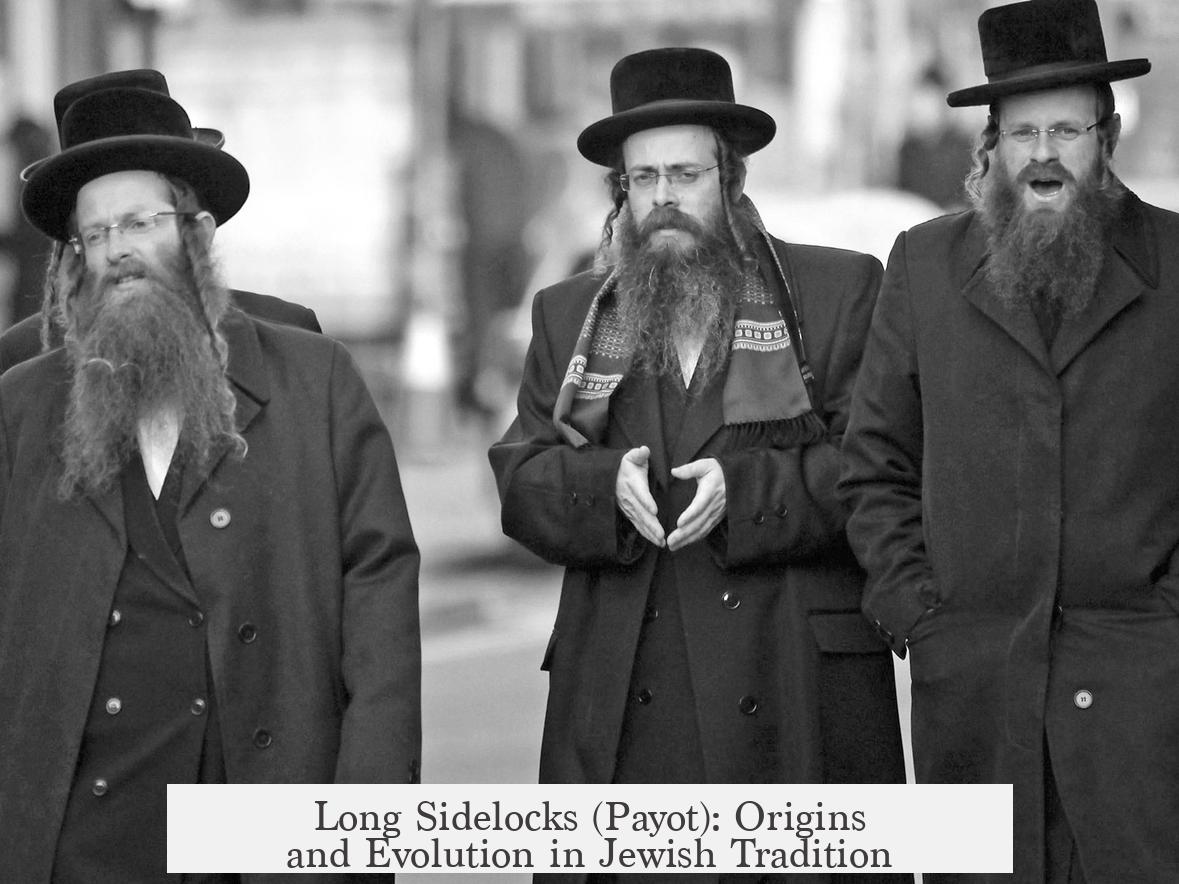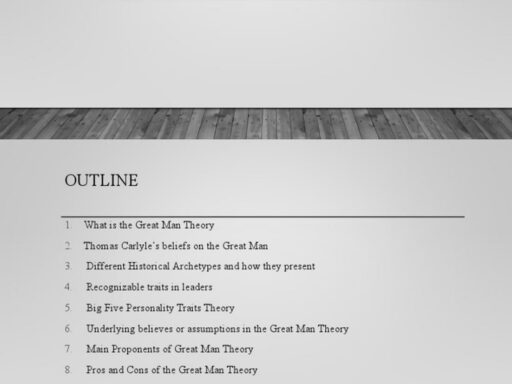Jewish men start wearing long sidelocks, known as payot, as an interpretation of the biblical commandment found in Leviticus 19:27, which instructs not to “round the corners of your heads.” This command prohibits shaving the edges of hair near the temples, and it is the source for the practice of maintaining sidelocks.

The wearing of payot does not have a precise time or place of origin. Instead, it developed gradually through Jewish legal (Halakhic) interpretation. Early Jewish texts, like the Talmud, discuss the prohibition against shaving the sides of the head. However, exact details on when Jewish men first adopted long sidelocks are not explicitly stated.
Over time, more stringent Jewish communities, especially Charedi Jews and subgroups like the Chassidim, have taken the commandment seriously by maintaining visible long sidelocks. The practice is seen not just as avoiding complete shaving but deliberately growing and preserving sidelocks. This is a form of “making a fence around the Torah,” or creating safeguards to prevent any accidental violation of Leviticus 19:27.

Jewish legal scholars explain that the long payot result from intentionally “overdoing” the mitzvah (commandment). This cautious approach echoes broader Halakhic principles, like a nazirite avoiding even the vicinity of vineyards to prevent accidental impurity. The payot serve as a clear, visible sign of observance and caution.
- Leviticus 19:27 commands not to “round the corners of your heads.”
- The exact time and place where payot began are not documented.
- Early rabbinic texts interpret the commandment, leading to strict halakhic observance.
- Charedi and Chassidic Jews emphasize longer sidelocks to avoid any violation.
- Payot reflects a principle of “being safe rather than sorry” by exceeding the minimum requirement.
The tradition of wearing payot is thus a result of evolving religious interpretation and cultural practice among Jewish communities. It illustrates how ancient commandments adapt and gain expression through time and law.

When and Where Did Jewish Men Start Wearing Long Sidelocks (Payot)?
Jewish men began wearing long sidelocks, or payot, as a result of interpreting the biblical commandment from Leviticus 19:27, which forbids “rounding the corners of your heads.” This tradition evolved over centuries, particularly among Charedi communities, as a protective measure against breaking the law.

Now, let’s dig a little deeper, like a curious detective cracking an ancient hair mystery.
The Biblical Backdrop: Where It All Starts
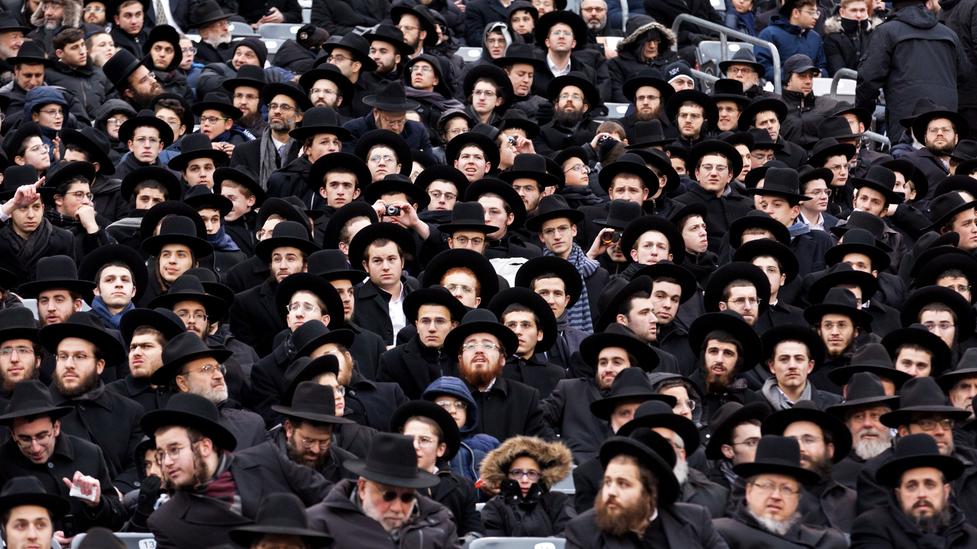
Leviticus 19:27 forms the root of the payot tradition: “You shall not round off the corners of your heads.” Sounds straightforward, right? But this verse sparked a lot of questions: What exactly counts as ’rounding’? Does trimming count? Or is it only shaving completely?
This vagueness in the biblical text opened the door to various interpretations. Some Jewish scholars believed trimming was acceptable as long as the sideburns weren’t shaved off completely. Others decided the commandment meant you shouldn’t cut your sidelocks at all—ever.
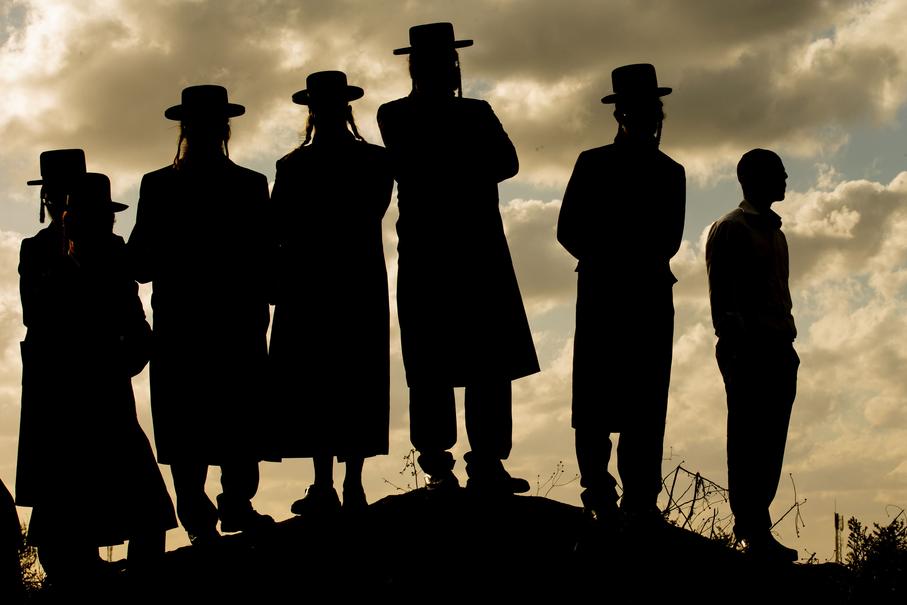
From Text to Tradition: When Did Long Payot Take Shape?
Here’s the kicker: The Bible doesn’t specify exactly when or where Jewish men started wearing long sidelocks. Instead, this practice emerges from centuries of halakhic—Jewish legal—debate and interpretation.
The earliest discussions appear in the Talmud, a central text of Jewish law compiled around the 3rd to 5th centuries CE. However, it doesn’t pin down a precise origin date or geographic location for the payot;
Instead, the Talmud explores the command’s meaning and sets boundaries around it.
The Charedi Influence: Overdoing It for Safety
Fast forward to more recent centuries, especially among Charedi Jews—and within them, the Hasidim subgroup—payot have grown longer and more distinct. Why? Because Charedi Jews often adopt stringencies beyond the letter of the law.
Imagine Jewish law as a delicate glass ornament. Charedi communities build a fence around it to prevent accidental breaks. Wearing long payot is such a fence—a safeguard ensuring they don’t slip up on the prohibition not to “round the corners.”
Here’s a fun fact: This practice is an example of “migo milsa k’lo migo,” the principle of going above and beyond to avoid mistakes. Like keeping a dimmer switch on low to protect eyes from overload, the long sidelocks ensure the commandment isn’t accidentally violated during grooming.
Similar Patterns in Jewish Law
This idea isn’t unique to payot. Jewish law often encourages “building fences”—protective customs to avoid violations. Take shomer negiah, the abstention from physical contact with the opposite sex outside marriage. It’s another layer of caution that helps keep the spirit of the law intact.
The Gemara (Talmudic commentary) even compares this concept to the nazirite, who avoids anything related to grapes, even vineyards, to steer clear of forbidden products (Shabbat 13a:10). Sticking very close to the rule, so close it borders on cautious overkill.
So: When and Where Did Jewish Men Start Wearing Long Sidelocks?
- The directive comes from Leviticus 19:27.
- Talmudic discussions around the 3rd–5th centuries CE helped define how strictly to follow the command.
- The custom of long payot, especially as seen today among Charedi and Hasidic Jews, developed later as a form of caution, rather than a direct, initial “style” choice.
- No explicit location or precise date—it’s a gradual evolution through halakhic interpretation.
In short, long sidelocks became a religious and cultural symbol through centuries of evolving interpretation. Wearing payot is less about fashion and more about honoring the ancient command while making darn sure no corners get “rounded.” Literally.
Why Does This Matter Today?
Understanding the history of payot offers insight into how Jewish law balances strictness with practicality. It shows a deep commitment to tradition paired with an awareness of human error. It also illustrates how rituals gain unique expressions in different communities.
If you ever wonder why some Jewish men sport those striking long curls framing their faces, you now know it’s a centuries-old tradition rooted in a serious legal, spiritual, and cultural context. And maybe—just maybe—a little bit of old-school safety-first common sense.
Curious to See Payot in Action?
Next time you visit a Jewish neighborhood, you might spot men with curly sidelocks, sometimes tucked behind the ears or hanging long. Spotting these payot can spark conversations about tradition, law, and identity—because these curls carry stories far beyond the surface.
Final Thoughts: More Than Just Hair
Payot teach us how small physical details carry rich meaning. They reveal how ancient texts inspire modern practices. And they remind us that sometimes, overdoing a mitzvah (commandment) is the wisest way to truly honor it.
So, next time you see a pair of long sidelocks, give a little nod to the centuries of wisdom, law, and care tangled up in those curls.
